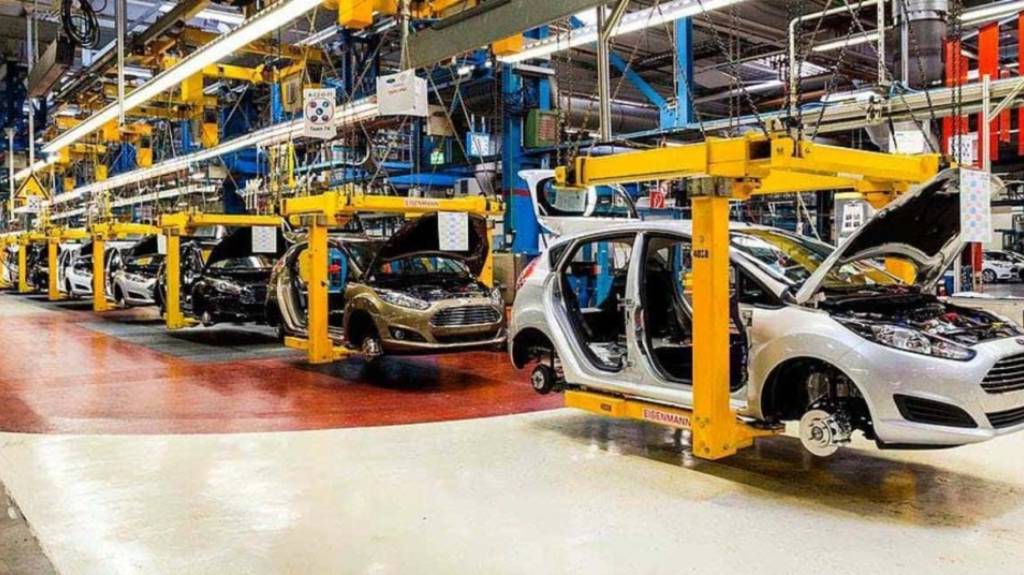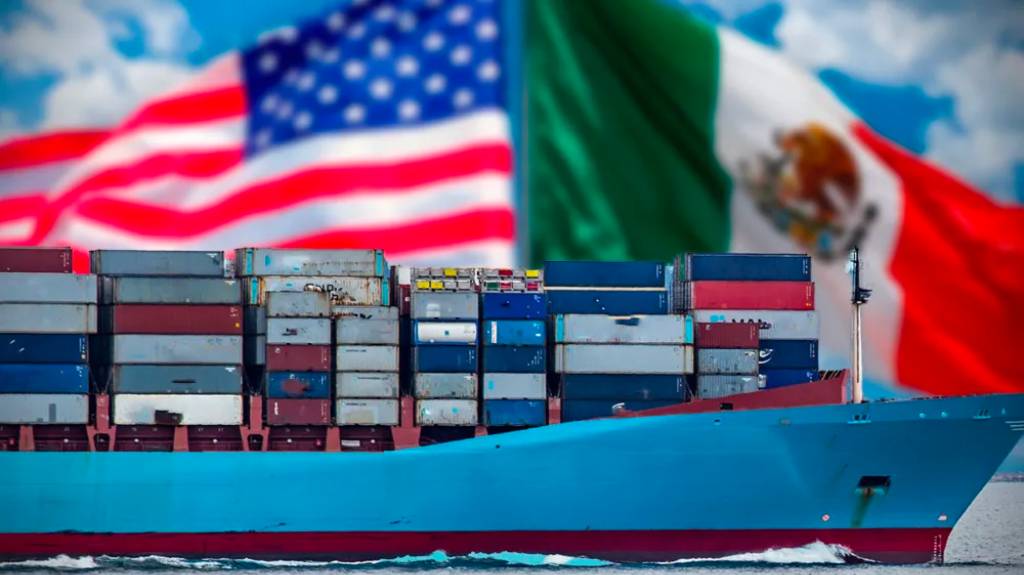

Published 05/03/2023
President Joe Biden traveled to the U.S.-Mexico border and recognized the rise to prominence of Mexico as a credible trade alternative to China. It was the latest acknowledgment of what many American manufacturers have known for some time: Economic, genealogical and political factors have taken the “bloom off the rose” for manufacturing in China. At the same time, the growth of Mexico and U.S. trade has reduced costs, improved quality and made the concept of nearshoring in Mexico a truly viable, if not sometimes superior, alternative.
Five Factors Fueling Mexican Nearshoring
A Victim of Its Own Success
In short, China became a victim of its own success. With so much foreign business in hand, labor costs were increasing. At the same time, while the population is swelling to new heights, for the first time in decades, births are not outstripping deaths.
Advances in medication and better lifestyles have led to an increasingly aging population that could not contribute to China’s labor force and productivity. Economists watching this unfold felt that it was only a matter of when businesses would have to look elsewhere to set up shop.
A Pandemic Problem
Certainly, the Covid-19 pandemic had a significant impact on manufacturing globally. At the outset, many countries—including the U.S.—implemented lockdowns and social distancing measures that ground factory activity. Disruptions to global supply chains left shelves bare, and a slowdown in consumer spending led to a decrease in demand for many products. This, in turn, resulted in decreased production and layoffs in the manufacturing sector.
Once business bounced back, it was a brave new world; workers were hard to find and shipping was roiled by a new Covid-19 outbreak in China and persistent labor shortages. As a result, some U.S. manufacturers sought solace in the relative safety of Mexico. With its plentiful workers, close proximity and a closely matched culture, Mexico reaped more than $30 billion in foreign nearshoring investment in 2022.
A Billion-Dollar Challenge
It’s an understatement to say that U.S. and China relations are frosty, and this was happening before the “battle of the balloons.” Now, many manufacturers are following the government’s lead to steer away from China. But in doing so, they’re walking away from hundreds of millions of dollars in sunk costs and infrastructure that’s not easily (or cost-effectively) replicated.
This has made it imperative to find replacement options quickly and without the capital investment that took years to amortize. Mexico, with its ready resources, large labor pool and cultural alignment with the U.S. and available capacity, seemed a natural place to fill that gap for many industries.
Trade Agreements
With the decision to unhook from China, there are both short- and long-term considerations. Though nearshoring in Mexico is a quick fix, if set up correctly, it could also represent a viable future solution thanks to trade agreements such as USMCA that are modernizing the 25-year-old NAFTA.
These modernizations include a new intellectual property chapter, a new digital trade chapter and new versions of the financial, service, currency, labor and environment chapters.
Values And Ethics
Repelled by government friction and worker's rights issues, businesses have to determine what compromises they’re willing to make for the sake of commerce. For some, an exit to Mexico is seen as a vote for democratic values that more align with the beliefs of American buyers.
Learn more about Why will manufacturing in Mexico be a competitive advantage for you.
Source: Forbes
Related posts


